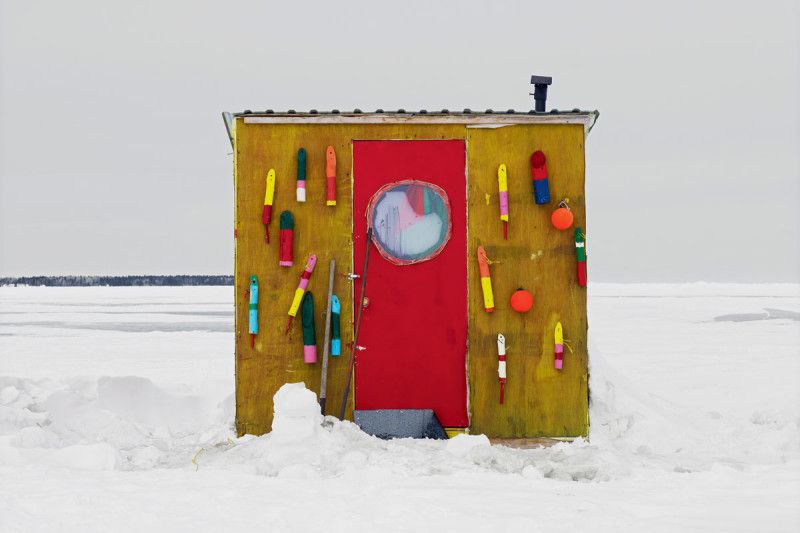Richard Johnson ’s great knack for well-composed architectural photography stems from his former career as an interior designer. Thanks to his twenty-five years of work, he is now considered one of Canada’s foremost architectural photographers. His photos show the influence of two German masters from the middle of the last century, Bernd and Hilla Becher, but he also regularly documents German industrial landscapes, including water towers, grain silos, and mine headframes.
His series of photos entitled Ice Huts is a typology study consisting of over one thousand pictures, depicting temporary ice fishing huts on Canada’s frozen waters. In his tightly cropped compositions, Johnson focuses on the formal and material characteristics of the construction, examining its relation to the site and exploring the creativity and humor with which builders approached ice hut design.
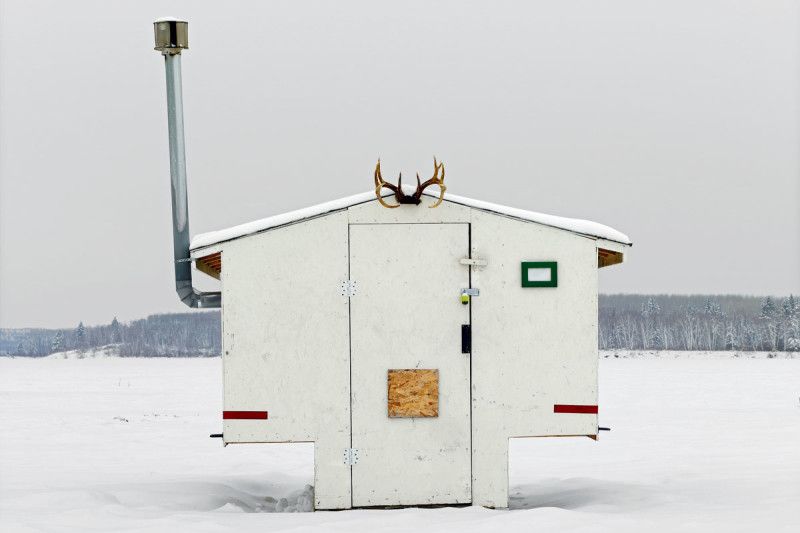



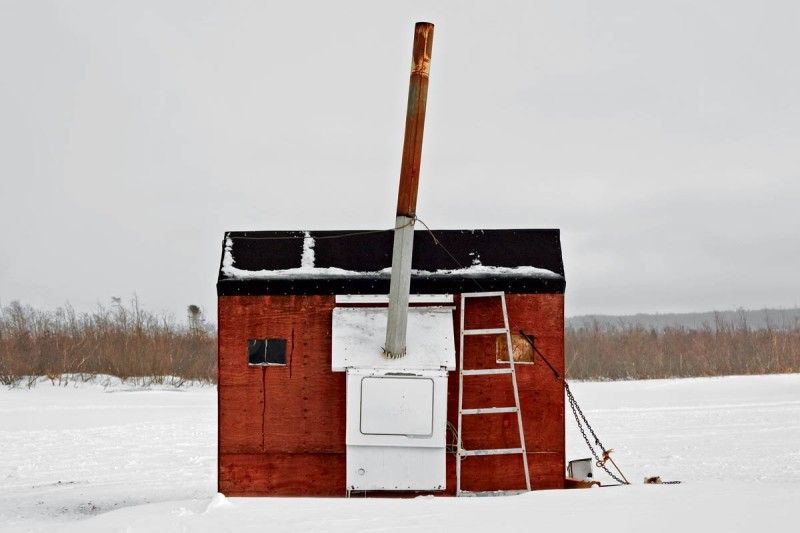
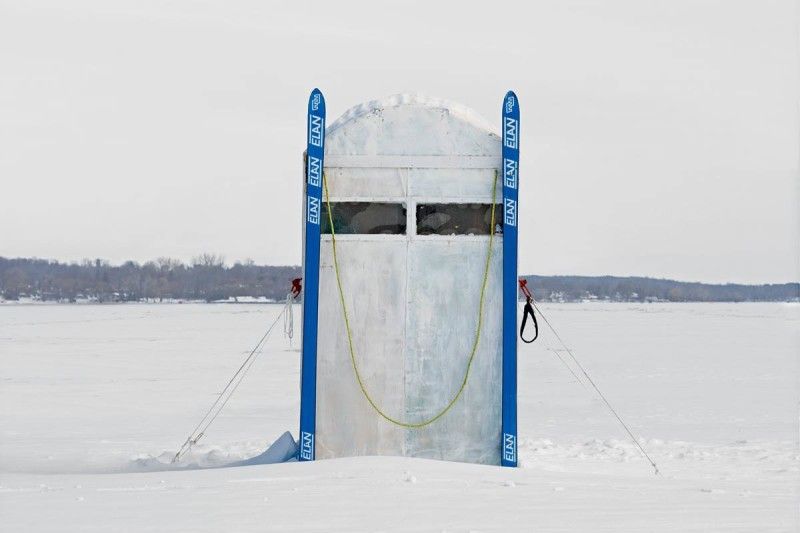
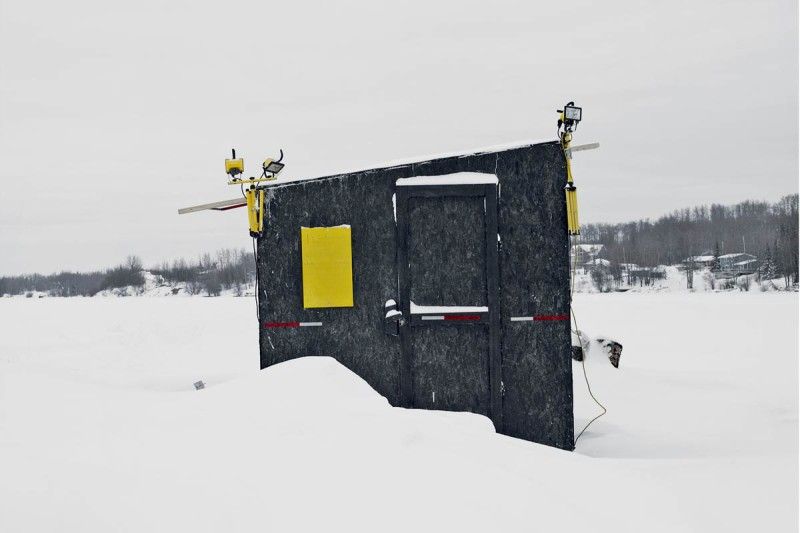
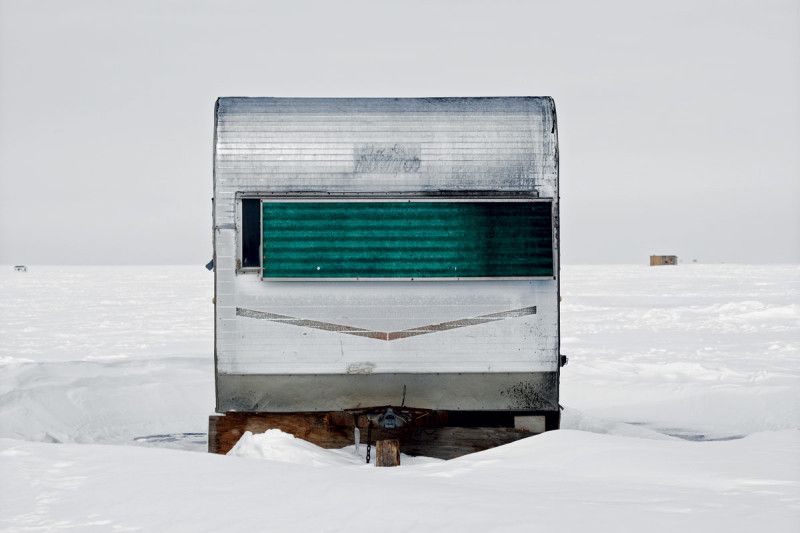
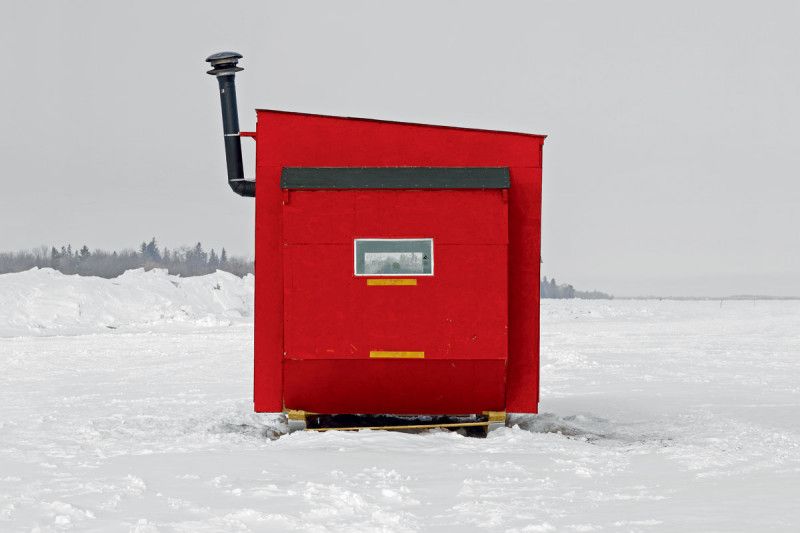
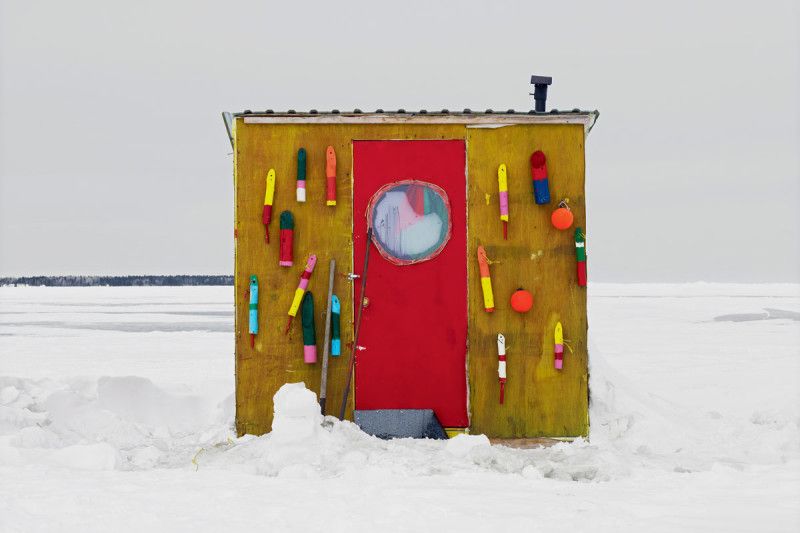

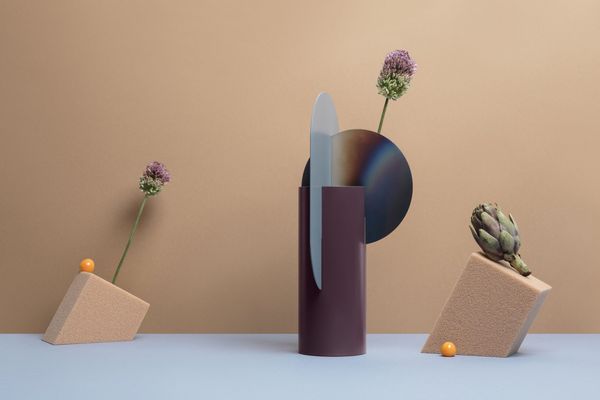
Where design meets art | NOOM Studio
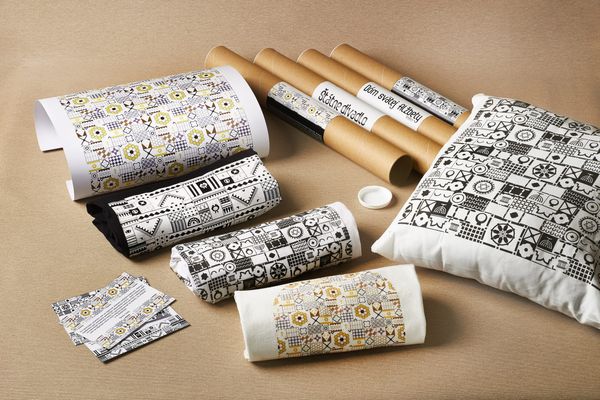
Košice buildings inspired the new souvenirs of the city | Pattern designs by Tamás Grešo










